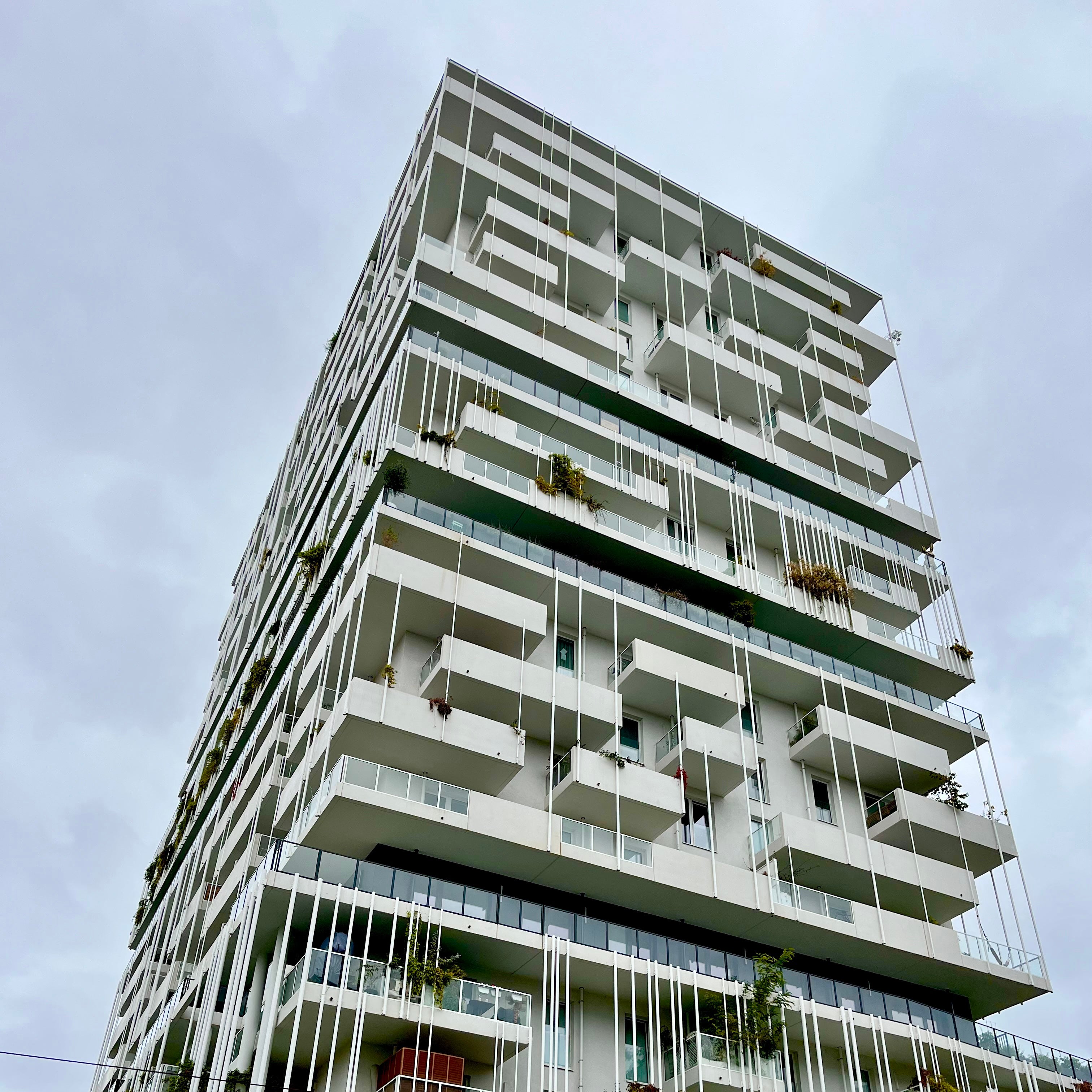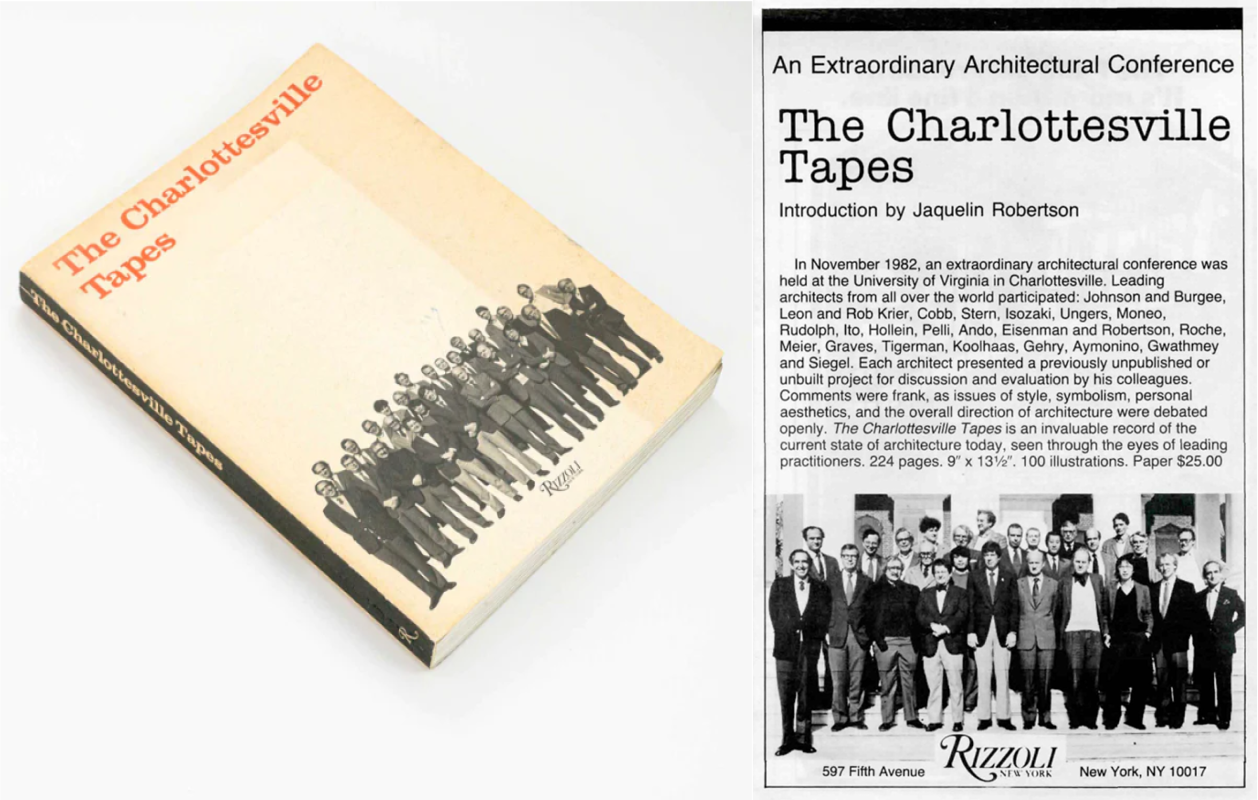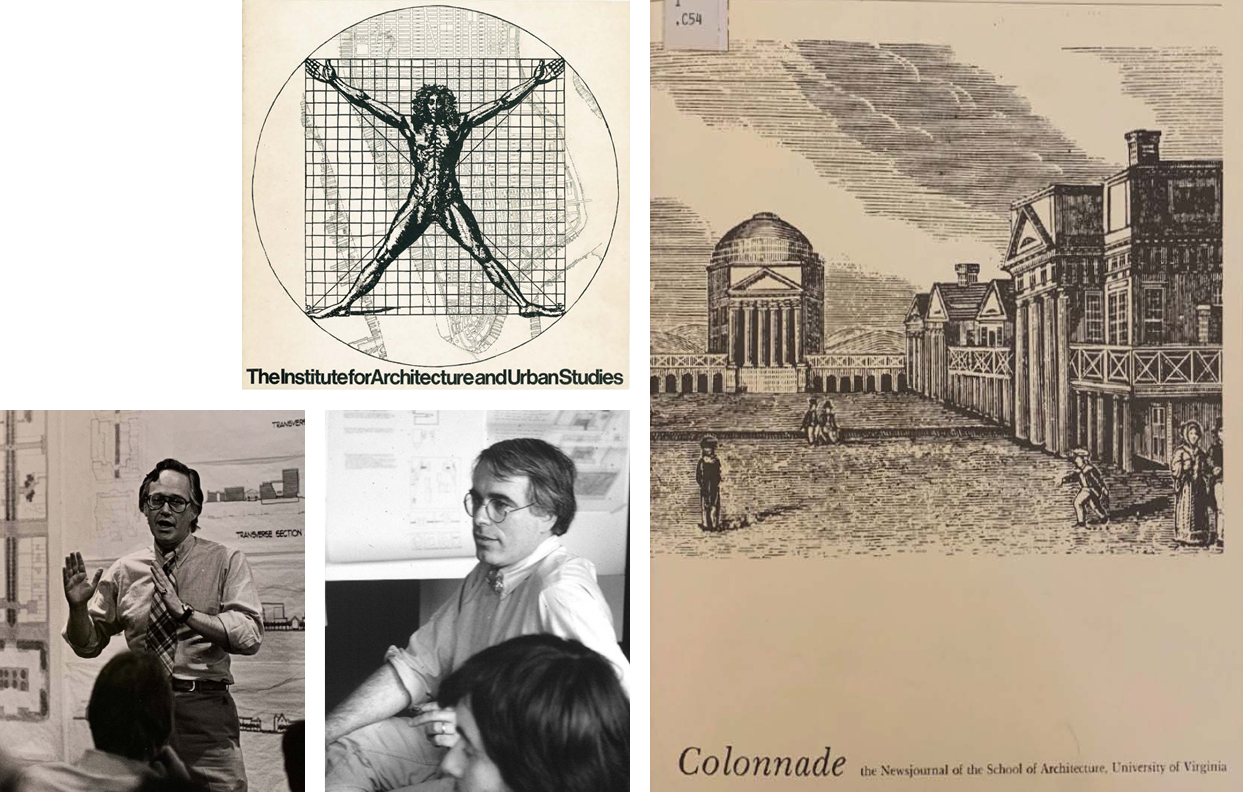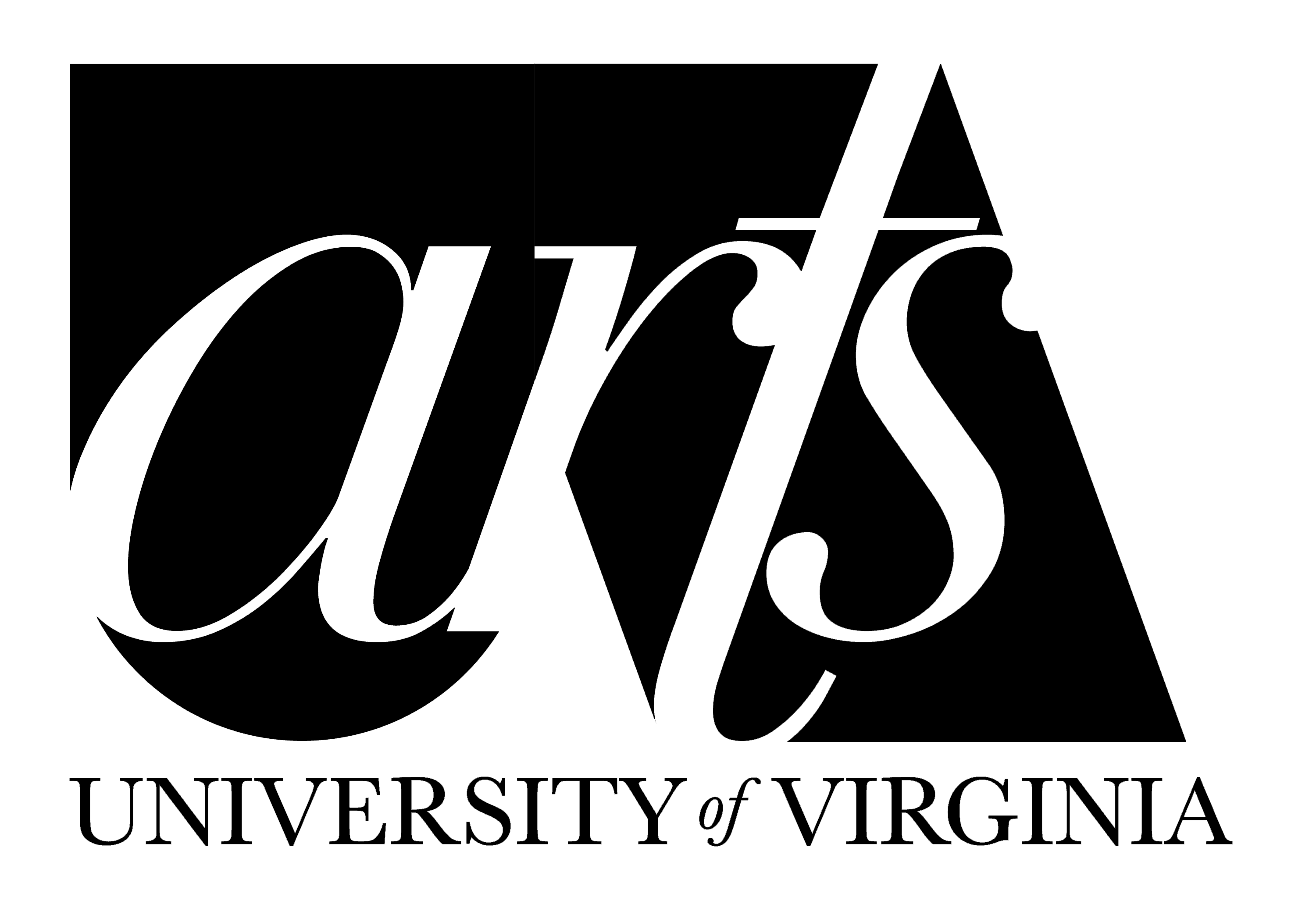
Virginia Architecture Fellow Lauren McQuistion Unveils the Mythos of the Charlottesville Tapes

In the hallowed halls of the University of Virginia’s Rotunda, a gathering of architectural luminaries unfolded in 1982. Their debates, transcribed in a book called The Charlottesville Tapes (Rizzoli, 1985) have reverberated through time, shaping the landscape of architectural discourse. Now, decades later, Virginia Architecture Fellow and PhD in the Constructed Environment Candidate Lauren McQuistion explores the origins and mythos of this two-day event as part of her fellowship research at the School of Architecture.
ABOUT THE CONFERENCE
Under the direction of then Dean Jaquelin Robertson of the School of Architecture, the historic conference was a closed-door event focused on the state of architectural practice. It brought together 24 influential architects, both emerging and established voices, notably all white, male, and predominantly Euro-American. In a field where the cult of celebrity still looms large, it’s worth noting conference attendees, like Philip Johnson, Tadao Ando, Peter Eisenman, Michael Graves, Frank Gehry, and Rem Koolhaas, among others. It’s also worth mentioning who wasn’t at the table—women architects affiliated with this prestigious male cohort, critics and historians, and students and faculty at the School of Architecture.
In her paper, “The Charlottesville Tapes Revisited,” presented at the recent Association of Collegiate Schools of Architecture annual meeting, McQuistion points out that the UVA conference was set in a critical moment in the early 1980s, against the backdrop of an evolving landscape of theories on architecture. At this time, “The discipline was caught between competing claims and shifting ideological viewpoints on innovation and tradition, history and theory, and modern and post-modern aesthetics,” she wrote.

The divergent attitudes of the group were exemplified by the conference’s organizer Jacquelin Robertson and Peter Eisenman. The unlikely collaborators had a practice together (Eisenman/Robertson) in New York City, where Robertson had been the Director of the Urban Design Group in the Office of Midtown Planning and Eisenman had founded and led the progressive think-tank, the Institute for Architecture and Urban Studies, since the late 1960s. Robertson grew up in Virginia, trained as an architect, and was an advocate of the neoclassical style of architecture characterized by Thomas Jefferson’s university. He was a clear proponent of tradition and the historical context of architecture. Eisenman, however, was in a separate camp, with “those in favor of a conceptual approach to architectural form making…and those in favor of a syntactic or autonomous architectural language,” wrote McQuistion.
While differences weren’t resolved, the conference conversations laid out through a presentation of projects—much like a studio review—became a touchstone for subsequent discourse and pedagogical approaches in both architectural practice and academia, particularly in the United States.
ENDURING INFLUENCE OF THE TAPES
McQuistion argues that the legacy of the Charlottesville Tapes event, encapsulated in the publication of its proceedings in 1985, extends far beyond its initial exclusivity and fabled status, particularly through figures like Dean Jaquelin Robertson. Under his leadership, UVA's School of Architecture catalyzed significant developments in interdisciplinary design education and architectural discourse. The conference's participants, many of whom assumed prominent academic roles, further disseminated its conceptual arguments, influencing architectural pedagogy at the nexus of history, theory, and practice. While acknowledging the event's limitations and missed opportunities, a closer examination reveals its enduring importance in capturing a pivotal moment of architectural redefinition in the 1980s and its lasting impact on the trajectory of the discipline.
Exploring the intersection of art, institutions, and architectural formation, McQuistion's research into The Charlottesville Tapes and its legacy forms part of her broader academic inquiry. Her dissertation delves into the spatial history of the Whitney Museum of American Art, illustrating how architectural reinvention has shaped its institutional identity over the years. Through her scholarship, McQuistion aims to uncover how institutions manifest socio-cultural ideologies in the built environment.
The upcoming Inaugural Virginia Architecture Fellows Showcase at the School of Architecture's Elmaleh Gallery will feature McQuistion's studies on The Charlottesville Tapes alongside works from other Virginia Architecture Fellows (April 8–26, 2024).
The Charlottesville Tapes Revisited research and exhibition is supported by UVA Arts and the Office of the Provost and the Vice Provost for the Arts, a Faculty Research with Undergraduates Grant from the UVA Center for Global Inquiry and Innovation, and the Virginia Architecture Fellowship at the UVA School of Architecture.
Special thanks to Kristina Dickey (M. Arch '25) and Reagan McCullough (BS Arch '24) who supported work on the exhibition.



